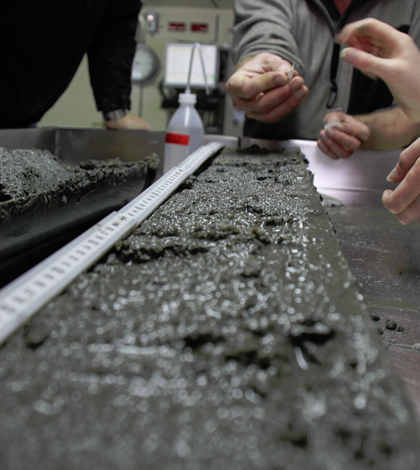Carbon Dioxide Reservoir Solves Puzzle Of Ice Age Climate Change

Researchers are looking into a carbon dioxide reservoir to get a better understanding of Ice Age climate change. (Credit: Thomas Ronge)
At a depth of 2,000 to 4,300 meters under the South Pacific, researchers from Alfred Wegener Institute and their collaborators have discovered evidence of a large reservoir that finally reveals where atmospheric carbon dioxide went during the transition from an interglacial to Ice Age period 20,000 years ago. At that time, carbon dioxide levels in the atmosphere went from 280 parts per million to 180.
In order to piece together the events which led to the formation of the reservoir, scientists used sediment cores dating back 35,000 years ago. The sediment cores contained calcareous shells of foraminifera which were dated using carbon-14.
Core results indicated that the water from 20,000 years ago was highly stratified and had almost no mixing. The lack of mixing meant a large amount of carbon dioxide accumulated in the ancient water, since carbon was added over time through organic matter seeping in. Carbon was also contributed by ancient volcanic eruptions.
Researchers believe the reservoir formed due to a combination of slowing Southern Ocean deep water circulation and the formation of a large ice sheet which prevented carbon dioxide from escaping.
Top image: Researchers are looking into a carbon dioxide reservoir to get a better understanding of Ice Age climate change. (Credit: Thomas Ronge)




0 comments